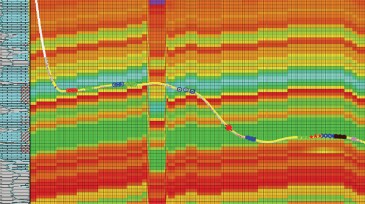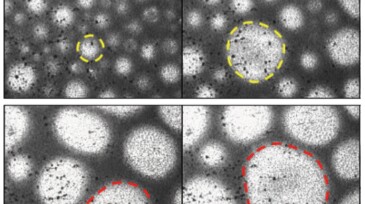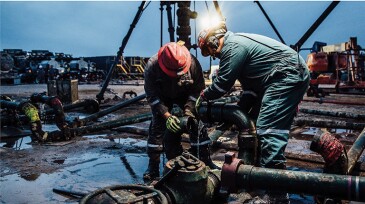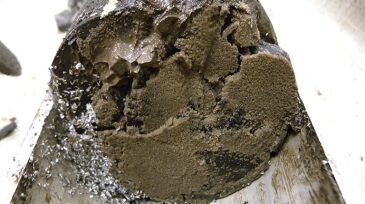Hydraulic Fracturing Content Feed
-
This paper summarizes the design processes, selection criteria, challenges, and lessons learned during design and execution phases for fracturing in a tight, low-permeability carbonate reservoir with thin layers.
-
This paper presents recent results from a rigorous pilot-scale demonstration of natural-gas foam over a range of operating scenarios relevant to surface and bottomhole conditions with a variety of base-fluid mixtures.
-
It won’t happen overnight, but a growing number of US shale players are taking important steps to bring more automation and stage-level decision making to the hydraulic fracturing process in tight reservoirs.
-
The paper presents a case study of fracture interaction mitigation in a multistage horizontal stimulation of an offshore Black Sea well.
-
This issue marks the debut of the Hydraulic Fracturing Operations feature in JPT. While hydraulic fracturing has long been a feature topic, this year, we are branching this major area of interest into both this feature and a Hydraulic Fracturing Modeling feature, which will appear in the November issue of the magazine.
-
The authors have investigated the effect of perforation hole size, geometry, and shape on the coefficient-of-discharge value at ambient conditions and with backpressure, before and after sand erosion.
-
A growing volume of free data and reports from US shale fracturing test sites is available, with more on the way.
-
A major issue facing many production engineers is sand management. There are many obstacles equipment hasn’t historically been able to overcome and prolonged use is costly.
-
A lot has been learned about shale, but those working to eke out oil from that ultratight rock still extract more value from data than physics.
-
Schlumberger talks about options for improving remote operations of the many valves involved in the various activities occurring simultaneously on a multi-well pad.










